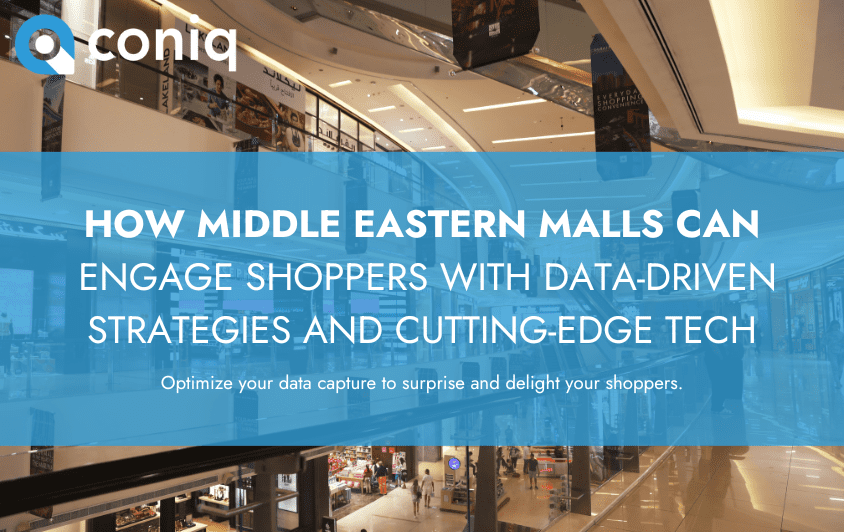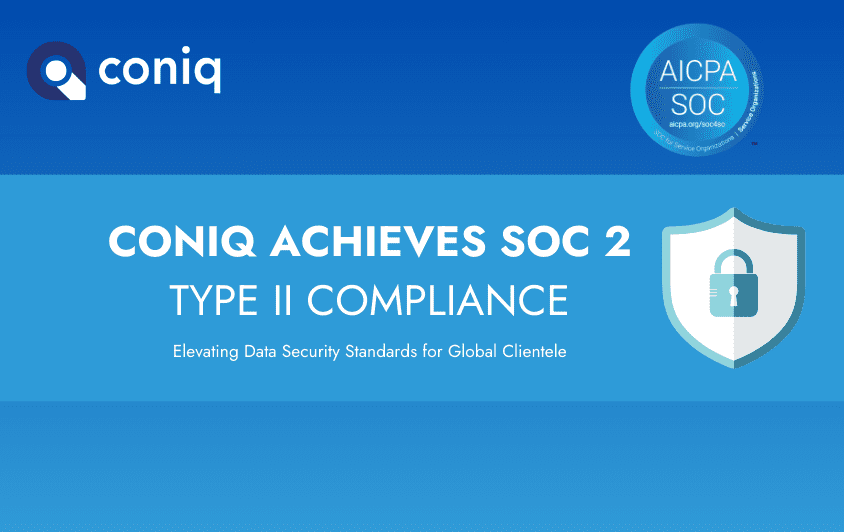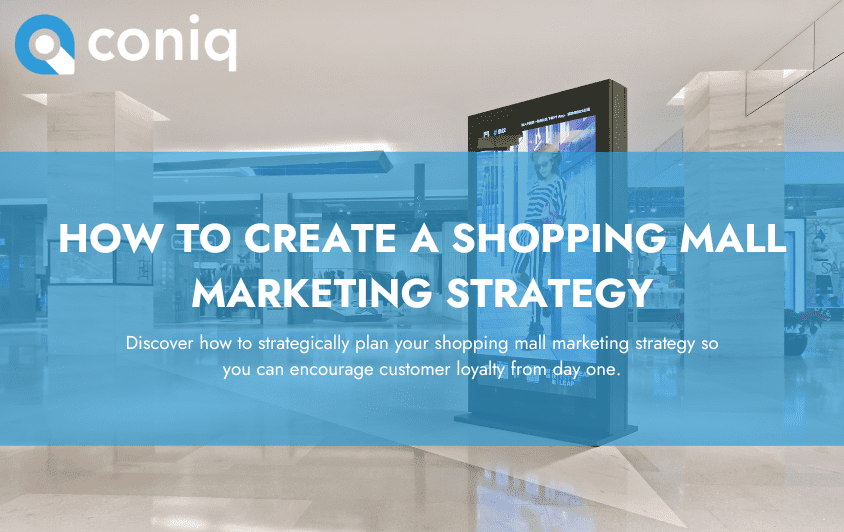Before the pandemic, shopping malls and outlets that were well placed or had anchor brands didn’t have to do too much to attract shoppers. This is the good news.
The bad news is that many shopping malls and outlets never invested in building customer relationship management capabilities. As a result, when people could no longer buy in stores, shopping centers had no practical way to communicate with their shoppers, resulting in lost sales.
The pandemic has made shopping center marketing directors radically rethink how they engage their customers. Waiting for customers to come in and spend money is no longer the formula for business success.
Today, marketers need to be more proactive in customer acquisition and retention. This requires going direct to the shopper, truly understanding their interests and behaviors to drive footfall and increase customer dwell time, customer satisfaction, and customer loyalty.
A common theme among the retail destination operators and owners we have spoken to over the past nine months is a request for help with building a customer database of ready-to-buy shoppers. This article shows you how to build a customer database that powers your marketing strategy.
Where and how to start building a customer profile
The first priority is to identify that you have a need. If you’re reading this article, you probably have recognized that you either don’t have a customer database or that your database isn’t rich and detailed enough to help drive sales for your retailers.
Creating a database of ready to buy shoppers takes time. First, it requires understanding your customers and what they want from you and your retailers. It’s this insight that you need to capture by engaging customers through a multitude of channels and touchpoints.
You may ask yourself, “when do I know when a customer is ready to buy?” Well, there are signs you should look for, which we will share with you. Since you’re just starting off building a world-class customer engagement and loyalty program, we assume that you have few tools and a limited budget at your disposal. Therefore, your primary engagement tool is likely email marketing, an effective way to build and interact with your new and growing customer database.
Emails can shine a lot of light on which of your customers are engaging most often. These most engaged members of your customer database should focus on first driving them into your shopping mall and stores.
Which of your customer database members open and click on an email, and which do so more frequently? Which customers visit website pages? Who has come into your database through a web form such as signing up for your newsletter? These are examples of customer interactions your database software should capture. These interactions provide you with a score of who are the most engaged – and it’s these customers that have positively responded to your amazing communications that are likely to be your next purchase.
Tips for creating a customer database
So, how do you effectively build a customer database of ready-to-buy shoppers? Here are five tips for you to consider:
1. Develop your total customer engagement strategy
Developing an engagement strategy is vital for building a thriving database of ready to buy shoppers because it will help attract new customers. The strategy is simple: improve the customer experience and satisfaction so shoppers want to visit and buy.
An excellent engagement strategy turns a reactive shopper into a proactive customer by educating them about the value of your retail destination. At the core of your engagement strategy is understanding what your customers want. You can use technology to collect insight to develop and run highly personalized and relevant communications across multiple channels and touchpoints.
Your strategy should be a plan for the future but able to support you in the short term. In other words, think big but be practical about what you need to do today to get customers in right now.
2. Put in place the right technology
To build a database of ready to buy shoppers, you need to implement a customer database software like Customer Relationship Management, an email tool, and a Content Management System.
To reduce your technology stack’s complexity and cost, your customer database software, CRM, and content management system should be in one platform, increasing your team’s productivity.
Implement a CRM
Your CRM is the single hub for all customer data. The CRM stores customer profile data, buying preferences, purchasing history, behavior, and much more that reveal what shoppers have done, what they are doing, and what they are planning to do.
With data in one place, you can effectively understand, engage and influence shopper behavior using tools such as email before, during, and after they visit your mall.
Email marketing
Retail destinations that deliver highly personalized emails to customers generate more sales. As a result, email is one of the most popular forms of marketing today. Ensure you send the right communications and content to the right segment of your database at the right time (measured in minutes, not hours). Your email software should integrate into your CRM to automatically send emails with little to no human interaction.
The most successful emails, with the highest open and click-through rates, are designed with the shopper in mind. In other words, they convey the right message in a simplistic manner that features high impact visuals.
3. Determine your KPIs
Setting the right goals determines the effectiveness of the marketing strategy you will use to build your database of ready to buy shoppers. Here are a few KPIs you should consider when relying on an email-based customer acquisition program:
- Open rate
- Click-through rate
- Conversion rate
- Bounce rate
- Number of unsubscribes
- List growth rate
- Spam complaints
- Forwarding rate/email sharing
4. Run your acquisition campaigns
After you write your customer engagement strategy, establish the technology infrastructure, and set your KPIs, it is time to start running your acquisition campaigns and collecting customer data. Here are three quick and easy acquisition tactics to build your database:
- One of the fastest ways to sign up new customers is by asking them to subscribe to your email list to receive the latest center news or the latest promotion. When using email, it’s essential to communicate the value proposition to customers clearly, concisely, and compellingly.
- Another clever way to build your database is to offer free wifi to customers visiting your mall. When shoppers sign in to the wifi, their data is added to your growing customer database.
- In this omnichannel world, incorporating social media into your marketing strategy is a must. By promoting your shopping center and what’s on, such as promotions and events, on your customers’ favorite social channels, you can increase your reach and presence and create conversations with customers to encourage participation.
5. Segment your customer database
Now that you see the benefit of your acquisition campaigns and your database growing, it’s time to start to segment. Segmenting your database will improve the level of personalization to increase your acquisition rates further, footfall, and sales.
There are many ways to segment your customer database, which is essential because every customer has different needs and expectations. We recommend that you begin by analyzing the data you have captured in your CRM. Then, create segmentation lists.
Here are the initial segmentation models as a starting point for organizing your customers.

As soon as you have completed the first two steps, fine-tune your messaging, the content you plan to send via email, and other touchpoints. Be sure to do this for each customer segment so they receive highly compelling, personalized, and relevant communications.
Takeaways on building a customer database
As shown above, building a database of ready to buy shoppers can take time, but it is not too late to start. Customers’ pent-up demand to spend time and money in retail destinations will continue in the foreseeable future, but what happens if another lockdown happens? Be prepared for this and other potential business risk, so you can continue interacting with and engaging your customers.
A major focus of shopping malls and outlets is investing in direct-to-customer communications. Those destinations that are willing to build a technology-enabled, data-first capability will be the winners in the future.






